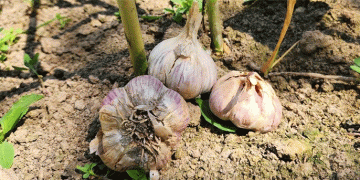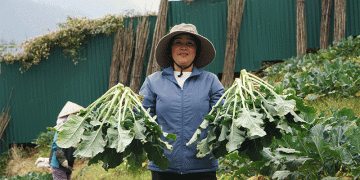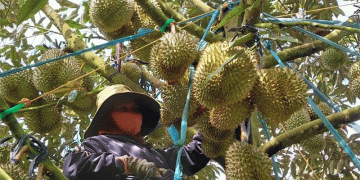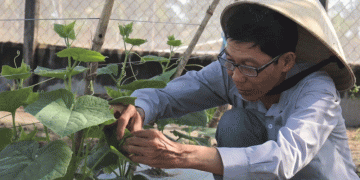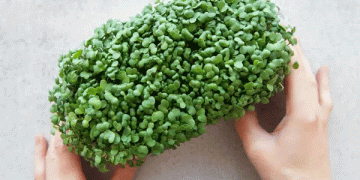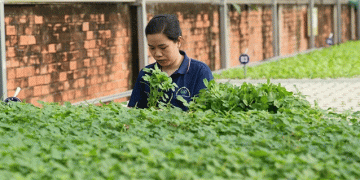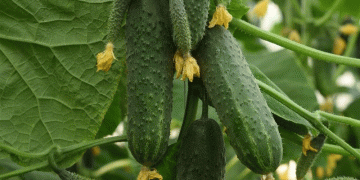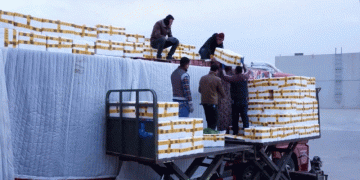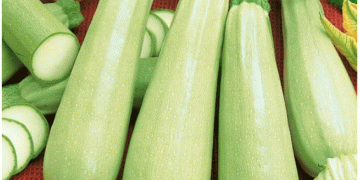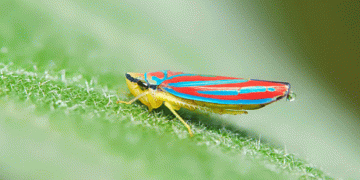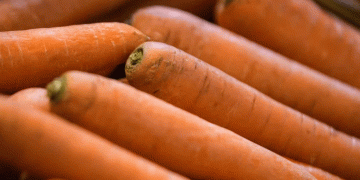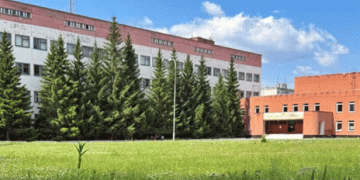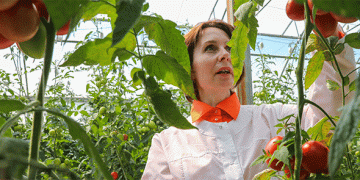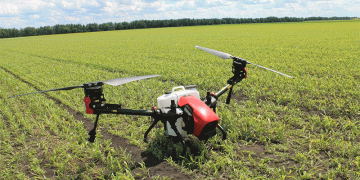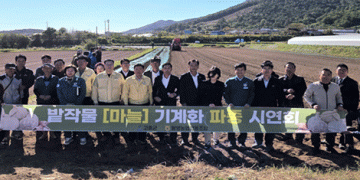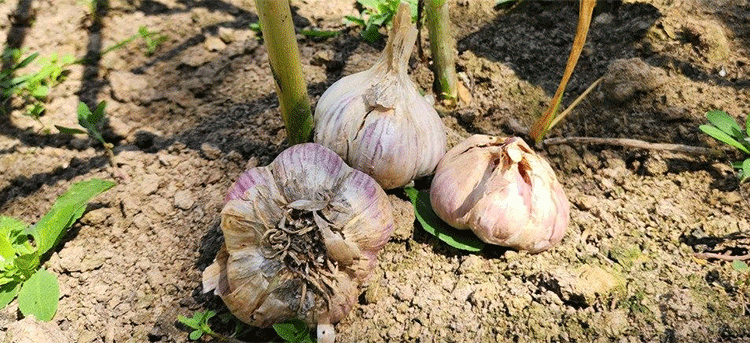Farmers in Stupino, Moscow region, are preparing to harvest a groundbreaking garlic variety developed by the Research Institute of Phytopathology. This homegrown cultivar, named after scientist Nina Arsenyeva, offers a remarkable shelf life of up to 1.5 years—far exceeding the 6-month limit of most imported garlic.
Developed by Professor Sulukhan Temirbekova, the new variety is not only longer-lasting but also resistant to common diseases like fusarium and downy mildew. Additionally, it is optimized for the climate of central Russia, reducing cultivation risks and costs.
Economic and Agricultural Advantages
With Russia importing over 200,000 tons of garlic annually (Rosstat, 2023), this innovation could significantly cut dependency on foreign produce. Experts predict that the domestic variety will be cheaper at retail due to:
- Lower storage losses (reducing spoilage-related costs)
- Reduced transportation expenses (as it can be grown locally)
- Higher disease resistance, minimizing pesticide use
Engaging the Next Generation of Farmers
To demonstrate the garlic’s superior qualities, students from Malinsky Agricultural Classes were involved in a hands-on experiment. They grew both the new variety and store-bought garlic side by side, documenting growth stages and comparing long-term storage results. This initiative not only validates the research but also inspires young agronomists.
A Step Toward Food Sovereignty
This breakthrough could transform Russia’s garlic market, offering consumers a fresher, more affordable, and locally grown alternative. If scaled successfully, it may set a precedent for other crops, strengthening national food security and reducing import reliance.
